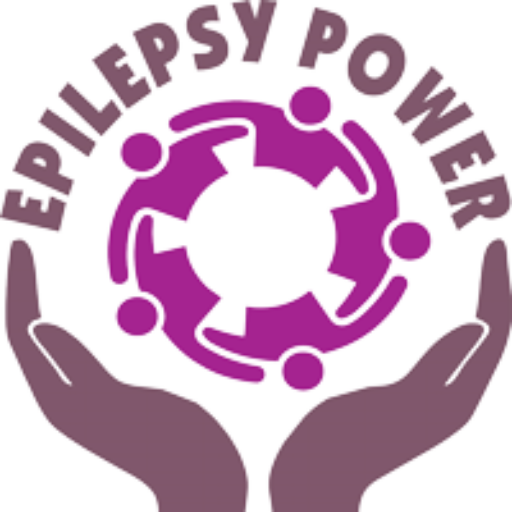- Introduction
- Section 1: Understanding Social Communication
- Section 2: Recognizing Barriers to Effective Communication
- Section 3: Active Listening Skills
- Section 4: Non-Verbal Communication
- Section 5: Emotional Intelligence
- Section 6: Overcoming Communication Anxiety
- Section 7: Effective Conflict Resolution
- Section 8: Building Social Skills in Specific Contexts
- Conclusion
- Quiz
Content:
This section delves into the power of non-verbal communication in social interactions. Topics covered include body language, facial expressions, gestures, and tone of voice. You will learn how to interpret non-verbal cues accurately and use them effectively to enhance your communication.
Tasks:
Observe a video or a real-life interaction and analyze the non-verbal cues displayed by the participants.
Practice conveying specific emotions or messages through non-verbal communication in a controlled exercise.
Non-verbal communication plays a crucial role in social communication, as it conveys meaning beyond the words we speak. It encompasses various elements, including facial expressions, body language, gestures, and tone of voice. Understanding and effectively utilizing non-verbal cues can enhance the accuracy of communication, foster empathy, and strengthen connections with others.
Facial expressions are one of the most powerful forms of non-verbal communication. Our faces convey a wide range of emotions, such as happiness, sadness, anger, and surprise. They provide visual cues that help interpret the speaker’s feelings and intentions. For example, a smile can indicate friendliness and openness, while a furrowed brow may signal confusion or concern. Being attentive to facial expressions can significantly enhance understanding and empathy in social interactions.
Body language is another critical aspect of non-verbal communication. It includes posture, gestures, and movements, all of which can communicate messages and convey attitudes. For instance, standing upright with an open posture can signal confidence and approachability, while crossed arms may indicate defensiveness or resistance. By being aware of and consciously managing our body language, we can align it with our intended message and create a more positive and receptive communication environment.
Gestures also play a role in non-verbal communication. They can add emphasis, clarify meaning, or serve as substitutes for verbal words. Common gestures, such as nodding to indicate agreement or pointing to indicate direction, are often universally understood. However, it is important to note that gestures can have different meanings in different cultural contexts. Being aware of cultural differences and adapting gestures accordingly is crucial to avoid misunderstandings.
Tone of voice is an essential component of non-verbal communication. It includes the pitch, volume, and intonation with which we speak. Tone of voice can convey emotions, attitudes, and even sarcasm. For example, a soft and soothing tone can convey empathy and comfort, while a harsh or loud tone may indicate anger or frustration. Being mindful of our tone of voice allows us to communicate effectively and align our verbal message with our intended emotional expression.
Improving non-verbal communication skills involves developing awareness and consciously refining our non-verbal cues. Here are some techniques to enhance non-verbal communication:
Personal Space: Respect personal space boundaries, as they vary across cultures and individuals. Being aware of and adapting to appropriate personal space distances helps create a comfortable and respectful communication environment.
Posture: Maintain an open and relaxed posture to appear approachable and engaged. Avoid slouching or crossing arms, as these postures can communicate disinterest or defensiveness. Standing or sitting upright with an open body posture encourages more positive and receptive interactions.
Eye Contact: Establish and maintain eye contact with the speaker. Eye contact shows attentiveness and demonstrates active involvement in the conversation. However, cultural norms regarding eye contact may differ, so it is essential to be sensitive to cultural differences and adapt accordingly.
Tone of Voice: Pay attention to your tone of voice, ensuring it aligns with your intended message. Practice speaking with a warm and friendly tone, adjusting volume and pace to suit the situation. Being mindful of your tone can help convey emotions and attitudes accurately.
Cultural differences significantly influence non-verbal communication. Gestures, facial expressions, and body language can vary across cultures, and their meanings may differ. It is crucial to approach non-verbal communication with cultural sensitivity and adaptability. Learning about the cultural norms and practices of the people you interact with can help avoid misunderstandings and foster effective cross-cultural communication. Being open to learning and adjusting your non-verbal cues based on cultural contexts promotes understanding and respect.
In conclusion, non-verbal communication plays a vital role in social interactions. Facial expressions, body language, gestures, and tone.
